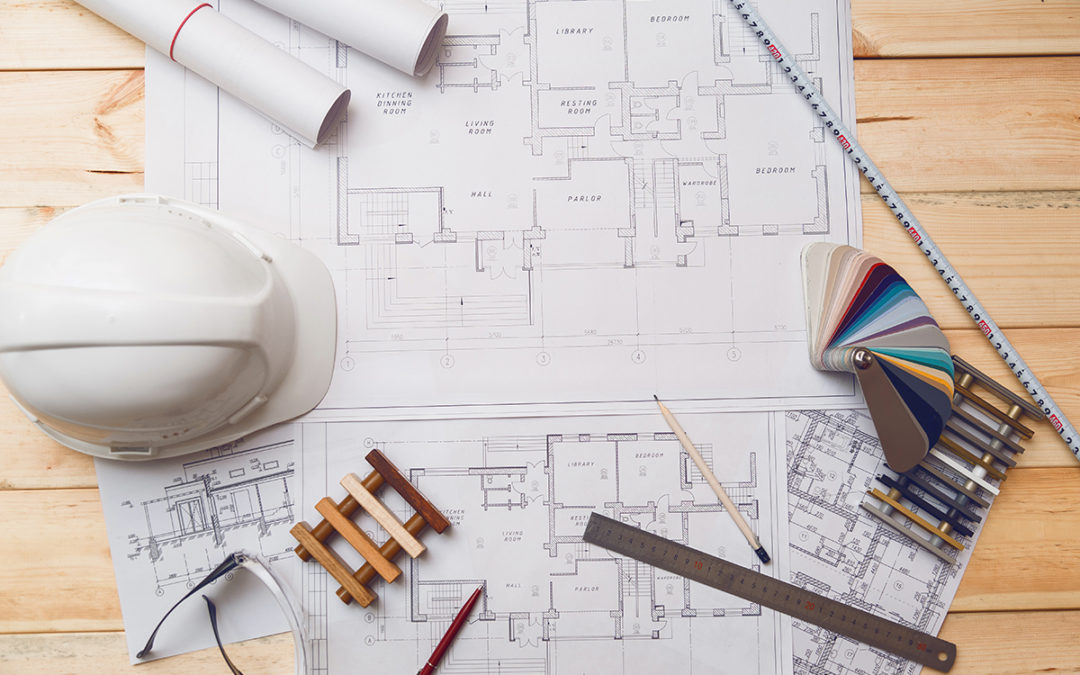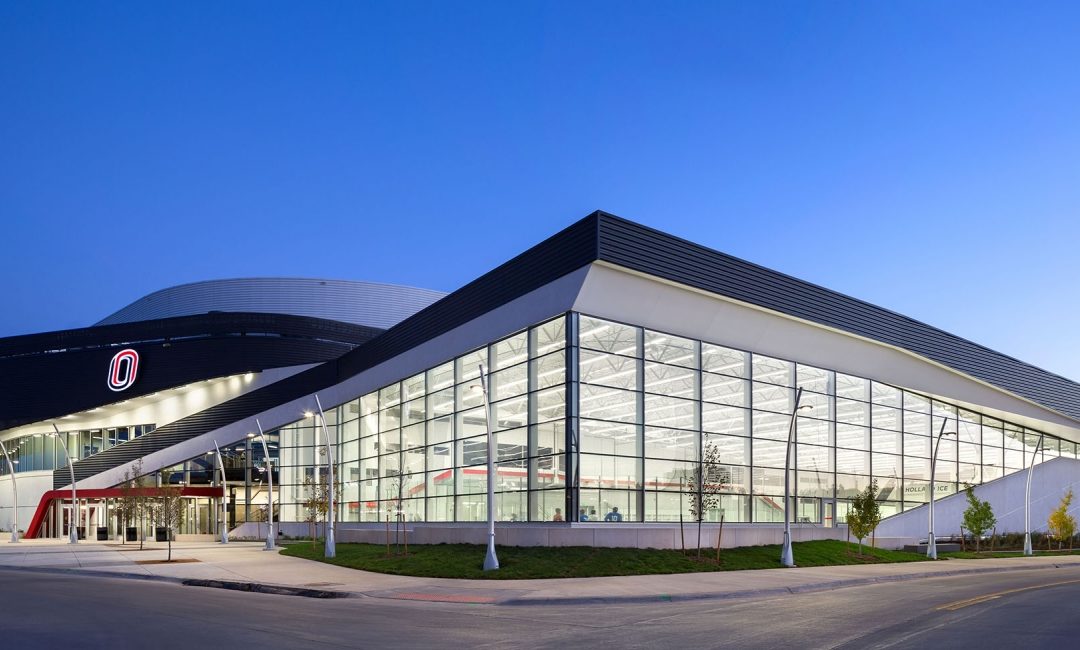
A Blueprint for Interaction
A Blueprint for Interaction
I love questions. I’m always interested to know what others are curious about. Of course, I also love being able to answer people’s questions. But if I don’t already have an answer, it gives me the opportunity to go looking for one.
Recently, I received a question about architecture. Someone in my district asked if the University of Nebraska uses professors or students in designing new buildings going up on our campuses. My first thought was that something like that might be difficult with academic schedules and full course loads, but since I didn’t really know the full answer, I went in search of someone who did.
That’s how I got connected with our Facilities Director, Ryan Swanson. As it turns out, this wasn’t a simple “yes” or “no” question.
As it turns out, our university professors on campus do not formally design university projects. However, at times they are involved with campus level project design reviews, and may even structure their student studio class projects around potential or active architectural endeavors to closely mirror real campus capital project delivery activities.
UNL Architecture professor Jeff Day recently did this for a tractor facility museum on east campus with his most recent summer studio. I also learned that at Kearney, the Interiors faculty will sometimes “make over” an office (think paint, carpet, and furniture) as part of a class project. This is done in conjunction with the facilities staff and the Chancellor’s office.
In some cases, outside architects will hold visiting adjunct studio positions or simply volunteer to take part in studio critiques throughout the educational process.
In that sense, it’s possible for a professor to be included on a professional project team. Additionally, the position of University Architect on campus has been asked in the past to take part in studio critiques or projects. This is because the person in that position already has a wealth of knowledge about sites and program data that is critical to developing a realistic plan.
We also have a number of student staff – in Architecture, Interiors, Engineering and Construction Science – on our team that we integrate fully into the design and delivery processes during their time on campus.
Overall, we are always trying to think about how best to provide the best education for our students, and achieve a high level of input and interaction.
I am truly grateful for this question about students, faculty and architecture. It gave me the chance to gain a greater understanding of the university that I love, and a greater appreciation for the exciting work being done on so many levels.
So here’s my question for you: what would you like to know?
*Barbara’s thoughts as written by Kate based on weekly (fascinating) conversations.



